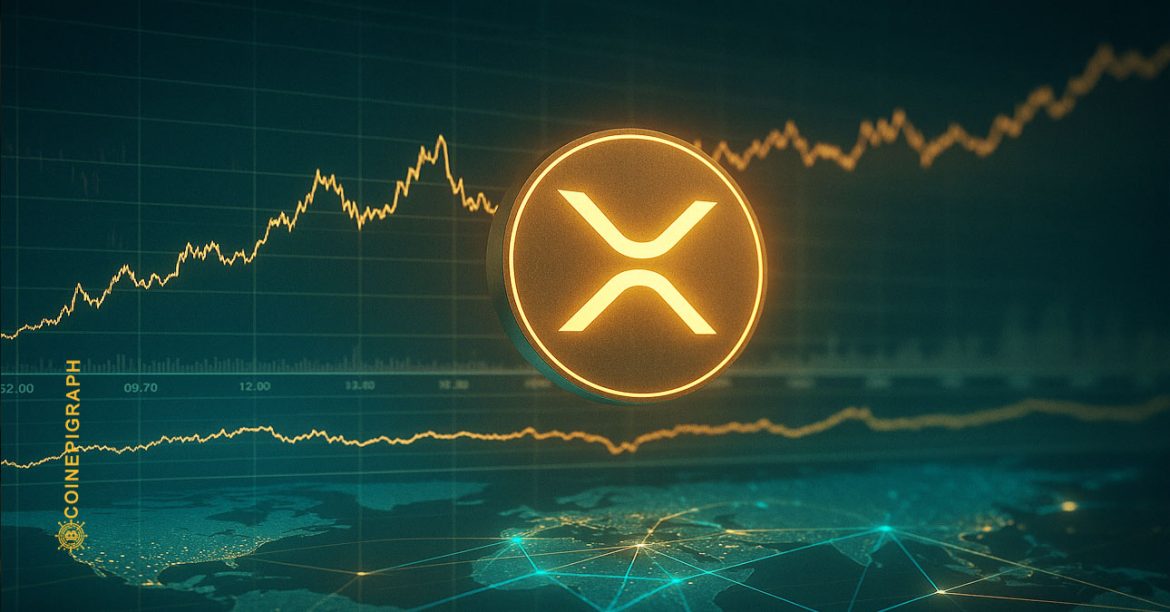By CoinEpigraph Editorial Desk | November 14, 2025
A newly circulated study out of Durham University has added an unexpected layer of clarity—and complexity—to the ongoing discourse surrounding XRP’s legal identity. The paper argues that XRP exhibits commodity-like traits in its market behavior while also functioning as a core component of Ripple’s settlement infrastructure, giving the token a “dual role” that does not fit neatly into existing regulatory categories.
Researcher Rella, who led the analysis, frames XRP through a blended economic lens. On one side, the token acts like a freely traded digital asset whose price discovery is driven by supply, demand, liquidity cycles, and broader crypto-market risk sentiment. On the other, XRP simultaneously serves as a bridge currency within Ripple’s cross-border payment protocols—moving value across jurisdictions with low latency and predictable settlement.
This duality is precisely what gives XRP its market resilience, the study argues, but it is also what makes regulatory classification complicated.
Commodity Traits: Liquidity, Fungibility, Market Behavior
The Durham team highlights several attributes that resemble traditional commodity dynamics:
- Fungibility and uniformity: Each XRP token is identical in function and value.
- Market-driven price formation: XRP trades globally, with transparent order-book mechanics and relatively deep liquidity across major exchanges.
- Non-rights-bearing: Holders of XRP do not receive dividends, governance rights, or equity-like claims—an important characteristic for classifying assets under U.S. securities law.
According to the analysis, XRP’s behavior “aligns more closely with commodity markets than equity markets,” particularly during periods of high liquidity rotation when the token behaves similarly to high-beta macro assets.
But XRP Is Also Integral to Payment Infrastructure
The commodity analogy does not tell the whole story.
Rella’s study stresses that XRP’s utility role inside Ripple’s ODL (On-Demand Liquidity) and related settlement architecture is equally important. When used as a bridge asset, XRP enables transactions between currencies that lack direct liquidity corridors—effectively serving as the connective tissue between disparate payment rails.
This capacity makes XRP function less like a passive commodity and more like a strategic infrastructure token, akin to a “liquidity conduit” within a global financial network.
In that context, XRP is not merely traded; it is used.
Why This Matters Now
The Durham findings land at a sensitive time for the broader U.S. regulatory landscape. The debate over whether XRP is a security, commodity, or something else entirely has been central to one of the most closely watched legal battles in crypto history.
While Judge Analisa Torres’ 2023 ruling determined that programmatic sales of XRP did not constitute securities transactions, the broader classification question remains unsettled, especially in light of evolving federal policy.
The Durham paper subtly reinforces the argument that rigid, binary classifications may be inadequate for multi-functional digital assets.
The Hybrid Identity Problem
The most consequential insight of the study is its framing of XRP as a hybrid:
- As an asset, XRP behaves like a commodity—traded, priced, and speculated upon independently of Ripple’s operations.
- As a utility, XRP acts as a bridge currency facilitating real-world payment flows.
This hybrid identity could eventually push regulators toward a more granular framework—where digital assets are defined not solely by what they are, but by how they are used.
What Comes Next
Industry analysts say the Durham study will likely be cited in future policy discussions, especially as lawmakers consider whether digital assets need an entirely new legislative category. If regulators adopt a use-case-based approach, XRP may end up classified under multiple functional buckets—mirroring the dual structure described in the research.
For now, the study reinforces a broader point: XRP remains one of the few digital assets whose economic behavior and functional utility each tell a different story, yet converge on the same conclusion—classification requires nuance, not absolutes.
At Coinepigraph, we pride ourselves on delivering cryptocurrency news with the utmost journalistic integrity and professionalism. Our dedicated team is committed to providing accurate, insightful, and unbiased reporting to keep you informed in the ever-evolving crypto landscape. Stay tuned as we expand our coverage to include new sections and thought-provoking op-eds, ensuring Coinepigraph remains your trusted source for all things crypto. -Ian Mayzberg Editor-in-Chief
The team at CoinEpigraph.com is committed to independent analysis and a clear view of the evolving digital asset order.
To help sustain our work and editorial independence, we would appreciate your support of any amount of the tokens listed below. Support independent journalism:
BTC: 3NM7AAdxxaJ7jUhZ2nyfgcheWkrquvCzRm
SOL: HxeMhsyDvdv9dqEoBPpFtR46iVfbjrAicBDDjtEvJp7n
ETH: 0x3ab8bdce82439a73ca808a160ef94623275b5c0a
XRP: rLHzPsX6oXkzU2qL12kHCH8G8cnZv1rBJh TAG – 1068637374
SUI – 0xb21b61330caaa90dedc68b866c48abbf5c61b84644c45beea6a424b54f162d0c
and through our Support Page.
🔍 Disclaimer: CoinEpigraph is for entertainment and information, not investment advice. Markets are volatile — always conduct your own research.
COINEPIGRAPH does not offer investment advice. Always conduct thorough research before making any market decisions regarding cryptocurrency or other asset classes. Past performance is not a reliable indicator of future outcomes. All rights reserved ™ © 2024-2025.





